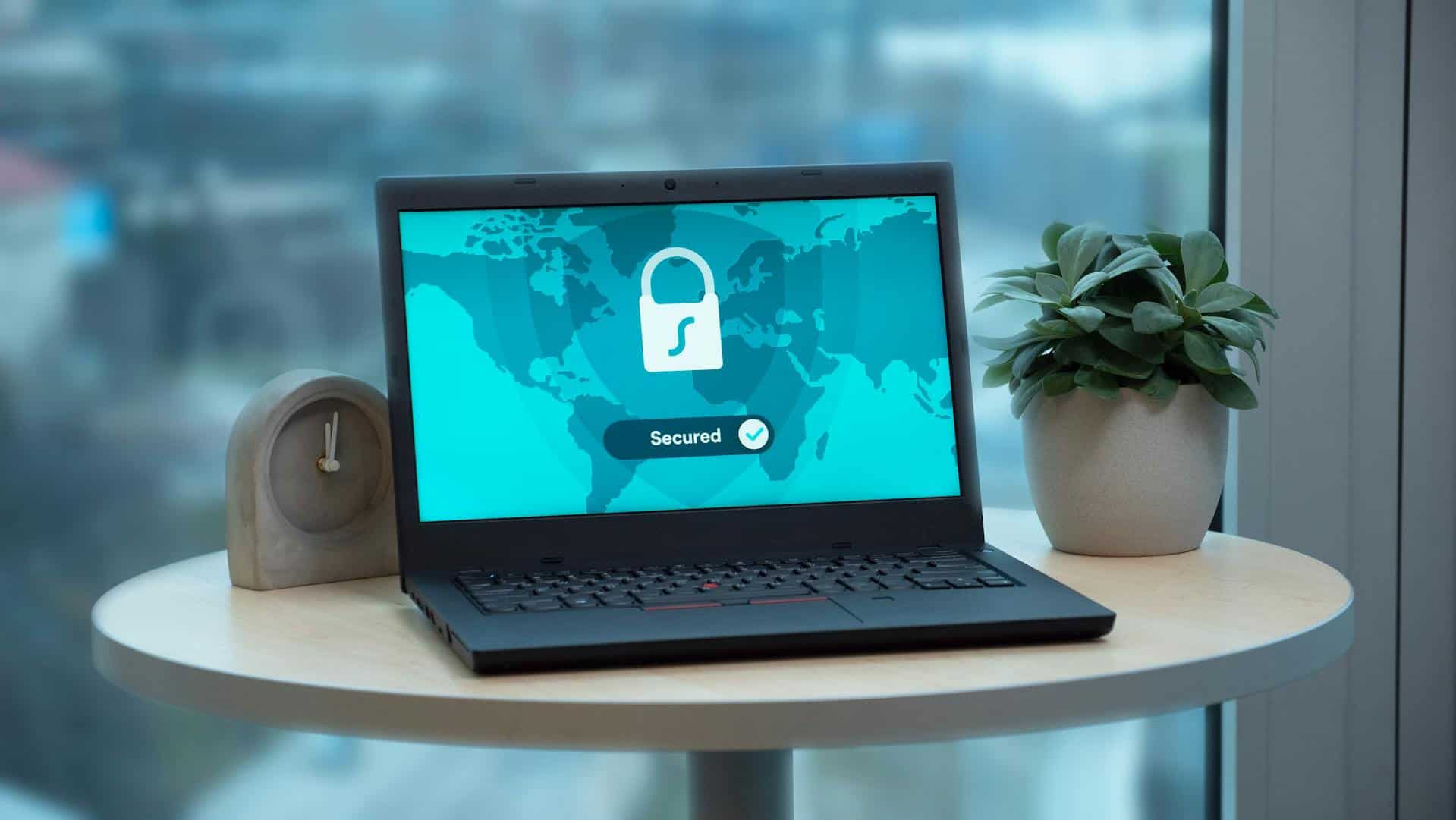As cyber threats continue to evolve in sophistication and frequency, organizations are increasingly adopting managed Endpoint Detection and Response (EDR) solutions to bolster their cybersecurity posture. Managed EDR offers numerous benefits such as continuous monitoring, rapid threat detection, and expert response capabilities. However, despite its growing popularity, the implementation of managed EDR is not without its hurdles. Organizations must address several common challenges to fully realize the advantages of this advanced technology.
1. Integration with Existing Infrastructure
One primary challenge in implementing managed EDR is integrating it with existing IT systems. Enterprises often run hybrid environments consisting of different operating systems, legacy applications, and diverse hardware. Ensuring that the managed EDR solution is compatible and functions seamlessly across all endpoints can be a complex task.
Additionally, the deployment process may require configuration changes or installation of agents on each endpoint, which can disrupt ongoing operations if not planned and executed properly.
2. Data Privacy and Compliance Concerns
Managed EDR providers typically collect and analyze large volumes of endpoint data, including logs, process behaviors, and network traffic. This raises significant data privacy and compliance concerns — especially for organizations handling sensitive or regulated data such as those in healthcare, finance, or government sectors.
Organizations must ensure that their managed EDR vendors comply with local and international laws like GDPR, HIPAA, or CCPA, and that appropriate data handling agreements and security controls are in place.

3. False Positives and Alert Fatigue
While EDR tools are designed to detect suspicious activities, they may sometimes generate false positives. Continuous monitoring by managed service providers can cause an overwhelming number of alerts, many of which may not indicate genuine threats.
This can lead to alert fatigue where real threats are missed due to the sheer volume of detections. Carefully tuning detection rules and leveraging threat intelligence are necessary to minimize noise and focus on actionable incidents.
4. Cost Considerations
Managed EDR services can be expensive, particularly for small to mid-sized businesses. The costs typically include licensing fees, ongoing management fees, and potential integration expenses. Furthermore, any customization or specialized monitoring may incur additional charges from the provider.
Organizations must assess the total cost of ownership and weigh it against the potential risks they are mitigating to ensure it is a financially viable solution.
5. Dependency on Third-Party Providers
By implementing managed EDR, businesses often relinquish a level of control over their security processes to third-party vendors. This dependency can be risky if the provider experiences service outages, suffers a data breach, or fails to meet service-level agreements (SLAs).
It is vital to perform due diligence when selecting a provider, ensuring they have a strong reputation, transparent reporting, and established incident response procedures.
6. Lack of Internal Expertise
Although managed EDR services are usually intended to supplement internal teams, some technical knowledge is still required on the client side to interpret reports and coordinate response efforts. In organizations with limited cybersecurity staff, even managed solutions can present a steep learning curve.
Employee training and clear communication channels between internal teams and the managed service provider are essential to bridge this expertise gap.

7. Customization and Flexibility Limitations
Every organization has unique security requirements. Managed EDR solutions may lack the flexibility to fully tailor settings, detection rules, and response playbooks. This can result in generic threat models that may not address specific organizational risks.
Organizations need to work closely with providers to ensure the solution aligns as closely as possible with their needs or opt for providers that offer customizable options.
FAQ
-
Q: What is managed EDR?
A: Managed EDR is a service where a third-party cybersecurity provider manages an organization’s Endpoint Detection and Response tools, offering continuous monitoring, threat analysis, and incident response. -
Q: Is managed EDR suitable for small businesses?
A: Yes, many managed EDR providers offer scalable solutions. However, small businesses must carefully consider costs and ensure the service meets their specific needs. -
Q: Can managed EDR prevent all cyber attacks?
A: No solution can prevent all attacks. Managed EDR significantly reduces risk by detecting threats early and responding quickly, but it should be part of a broader defense strategy. -
Q: What should I look for in a managed EDR provider?
A: Key considerations include experience, compliance with regulations, transparent reporting, customization options, and strong customer support.
Implementing managed EDR comes with challenges, but with careful planning, provider selection, and ongoing collaboration, organizations can significantly enhance their security posture and resilience against modern cyber threats.